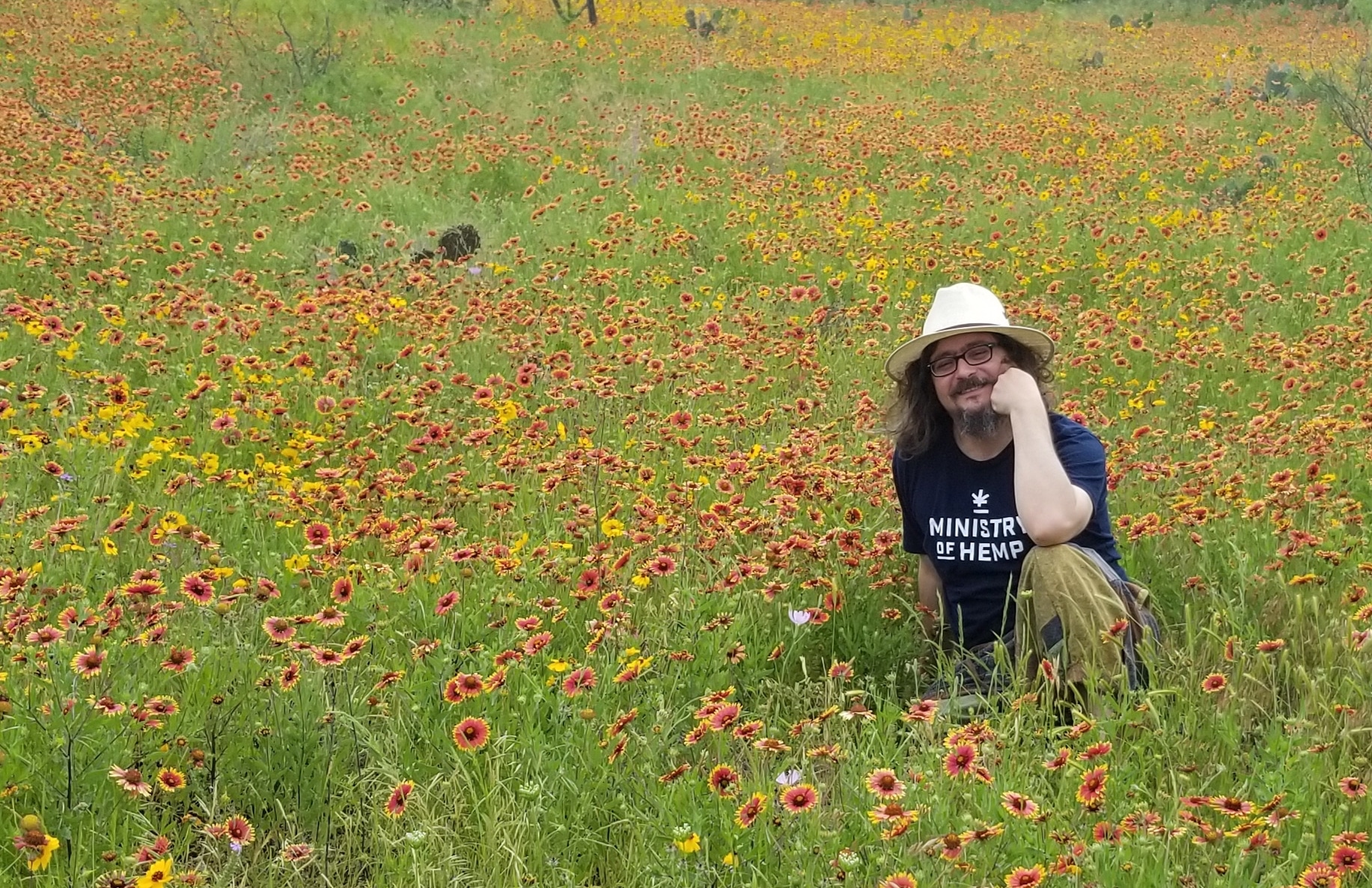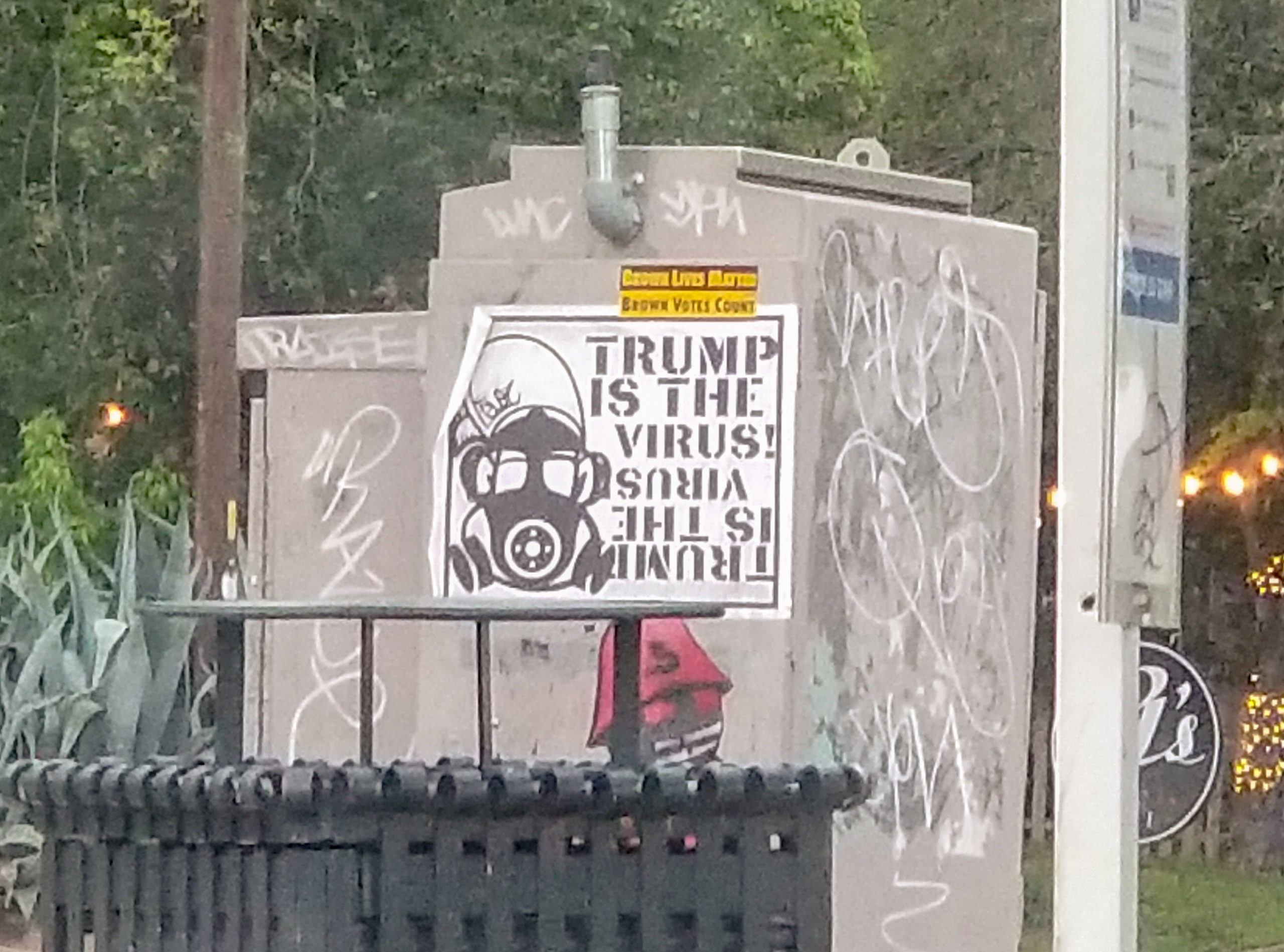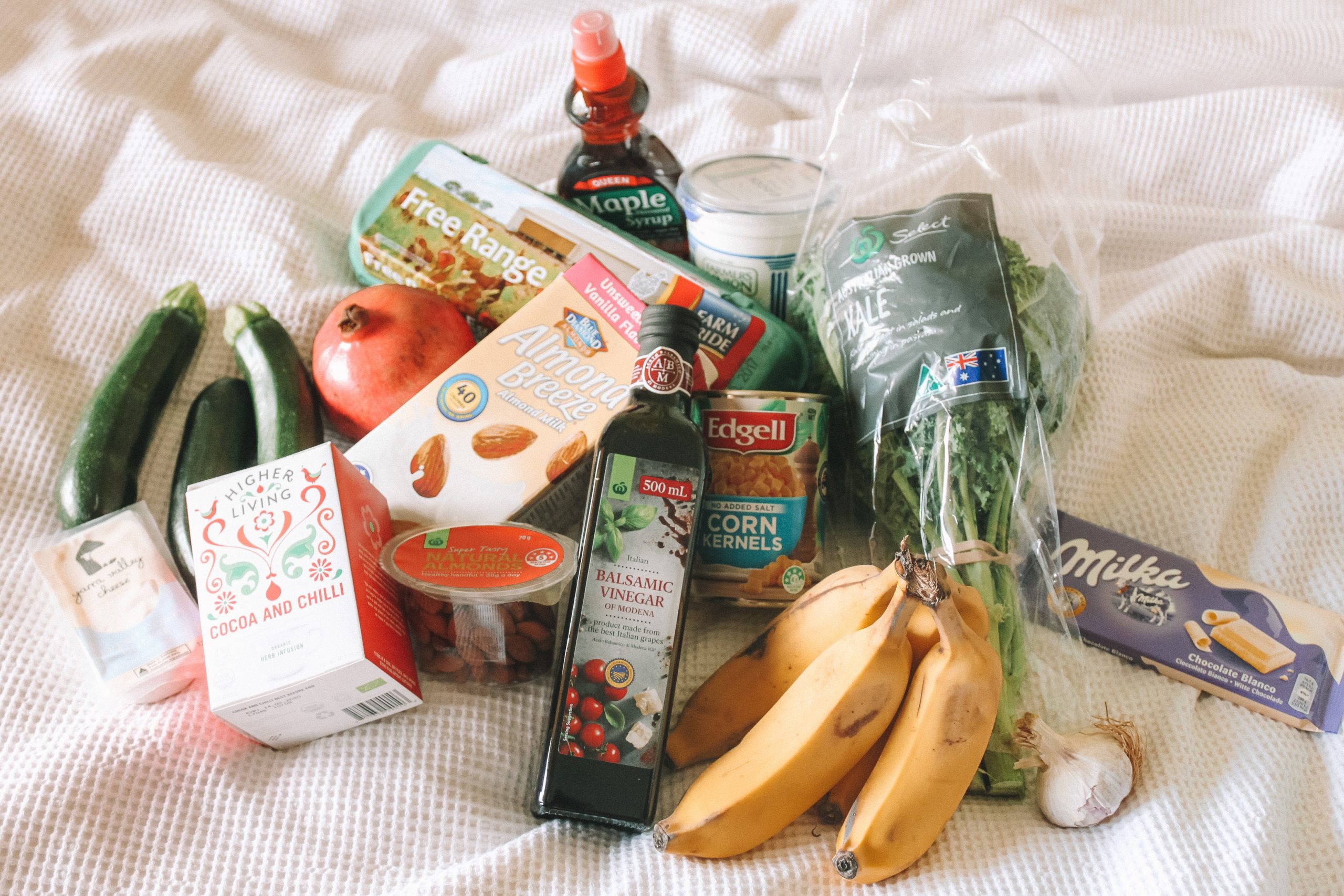Over at Ministry of Hemp, I teamed up with some of my coworkers to create a Hemp-Powered Isolation Self Care Guide.
Author: Kit
Kit is a gonzo journalist from Austin, Texas.
Virtual Gonzo Zine Library, Spring 2020: Resistance Under A Pandemic
Posted in Creative Commons, and Zines
Welcome to the Virtual Gonzo Zine Library. The VGZL is a quarterly zine reading list and miniature zine distro. A few times per year, I curate some of my favorite zines — zines that I think everyone should be reading, including myself.
This is the very first edition. I tried to pick zines which felt topical to this moment of pandemic, and could help inspire, comfort, and give us new perspectives. I selected a mixture of the very practical and the theoretical, but I tried to focus on zines written in an accessible way that wasn’t overly academic.
I’m dividing this edition of the Zine Library into a main selection and bonus content. The main selection is my reading list for the quarter, while the rest are other zines I think you might find interesting.
Life in Isolation (& Gonzo Zine Library Update)
Posted in Journalism, Life, and Zines
It’s time again for me to say THANK YOU to everyone that supports my work on Patreon. Thanks to your help, I’ve been able to continue work on the Virtual Gonzo Zine Library. Read on for a little bit more about that below.
I want to be transparent about my mental health, because I think it’s helpful for others to know they’re not alone in this.
I’ve struggled my whole life with depression. After watching “The Babadook,” I think of depression like the monster in my personal basement. Always there, in my life, but hopefully part of the background most of the time as long as I take care of myself… but occasionally, escaping it’s home in the basement to spend a few days in the foreground of my consciousness. For the most part, I try to love myself and let it pass.
Charlotte Figi, Young Activist Who Inspired A CBD Movement, Dies After Viral Infection
Posted in Journalism, and Ministry of Hemp
Charlotte Figi, a girl who helped inspire a movement for access to the healing powers of CBD and cannabis, has died after an illness resembling COVID-19. She was just 13 years old.
Reports of Figi’s death first appeared online on April 7. According to a Facebook post by the family, Figi died of respiratory failure and cardiac arrest after an extremely severe seizure, likely brought on by illness. Her entire family were sick with a severe illness resembling COVID-19 for a month prior.
Figi suffered from Dravet syndrome, a rare and severe form of epilepsy that begins in the first year of life. People with Dravet syndrome suffer frequent, intense, prolonged seizures and the condition resists conventional forms of epilepsy treatment. Remarkably, cannabidiol, a natural compound found in cannabis that’s better known as CBD, brought relief from the hours-long seizures she often suffered, reducing their length and frequency.
What a bizarre, intense and upsetting month it’s been, hasn’t it?
I wanted to give you all a brief update on my life and work.
How can you make safe deliveries of food or other supplies to neighbors who may be immunocompromised, during the coronavirus pandemic?
Right now, a lot of people are helping out their neighbors. They’re reaching out to people who can’t safely leave their homes during the COVID19 crisis and offering to pick up necessities, whether it’s cleaning supplies, canned goods, or toilet paper. But how can we provide mutual aid without making people sick? I wanted to know more about making safe deliveries.
To hear from an expert, I reached out to Dr. John Stracks, a Chicago MD that’s been treating my mother. She’s vulnerable due to a past heart attack, and I’ve been impressed by how seriously he’s taking all of this. After she forwarded me some of his COVID19 updates, I asked if I could speak to him on the record.





